When I set out to visit Frederick the Great's Sansssouci in Potsdam, a pleasant train ride away from Berlin, I had in mind the well-known image of the Sanssouci Palace itself and not much more.
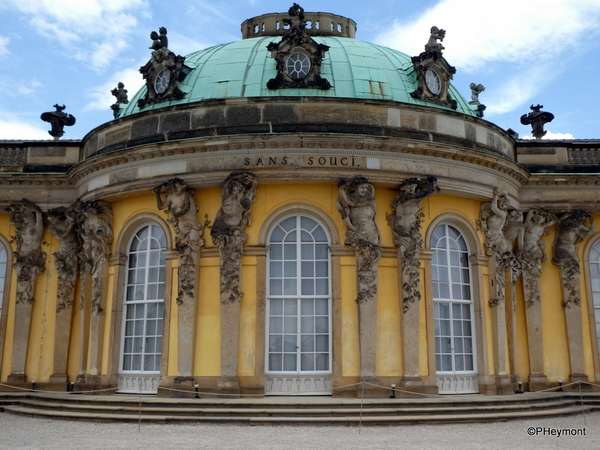
So, I was rather surprised, after a short walk from the rail station, to find myself looking at a completely different building, and signs that told me I was quite far from where I thought!
A quick stop at the visitor center just inside the gates cleared it all up for me: the park, named for the famous palace, is quite large—the main internal pathway is 2.5km long—and it is littered with palaces, follies, statues and other buildings. In the end, Schloss Sanssouci became the smallest part of my day's wanderings in the park.
These buildings, the first I encountered, are the New Palace, now mostly occupied by the University of Potsdam. Oddly, the grounds around them appeared dry and dusty, compared to the rest of the park.
The Sanssouci Palace, actually quite small, was built as a summer house where Frederick could escape the pomp and formality of the royal court; the New Palace, was built to show off that pomp and power, although he spent little time there. It was built to mark his victories in the Seven Years War, but only after his death did Prussian royalty actually choose to live in it.
It was also immediately clear to me that Frederick was a patron of sculptors; it appears that there was no limit to the number, style or type that mark every roof line, balcony or entrance.
Turning away from the New Palace, I walked past gardens and fields, glancing down various byways that lead to other buildings such as the Charlottenhof palace built by one of his sons.
At various points along the road, which felt more rural than park most of the way, there are more statues, many representing classical gods and legends, and occasional buildings that are modeled after ancient temples. There weren't too many visitors wandering while I was there, but it was not difficult to imagine how many must have been 'at court' in Frederick's time, either on foot or mounted.
One building that's not modeled on classical temples is the 'Chinese Teahouse,' built by Frederick at a time when goods and images from China were a big fashion trend. The building, with its cupola-crowning gold sculpture, was actually used more for small concerts. Its base is surrounded with statues, mostly of Chinese musicians, but all modeled by German locals.
Frederick the Great was known for his interest in gardens, and in particular for breaking from the Baroque style for purely decorative gardens. At each of his residences he created gardens that provided fruit and vegetables as well as decor.
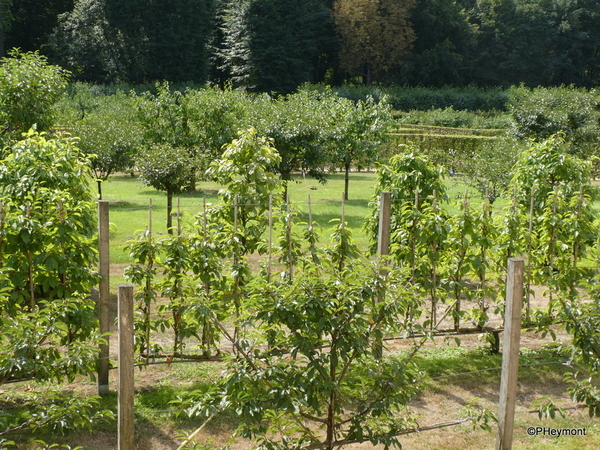
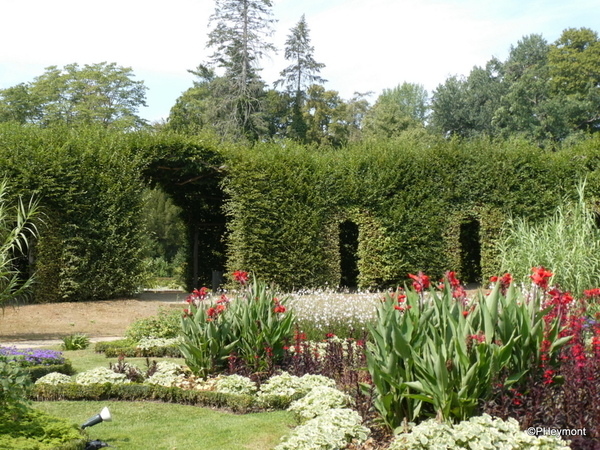
The garden below is called the Sicilian Garden, supposedly the inspiration for its design.
Past the Sicilian Garden, a windmill older than the park or palaces is visible above another of Frederick's buildings, the Neue Kammern, or New Chambers. Originally built as an orangery, to store delicate plants over the harsh winters. But since Sanssouci itself is not large, the orangery was eventually redone as guest suites and rooms for large-scale entertaining.
When I visited, it wasn't open for visitors, but it was interesting to peek in the windows and watch the workers fitting trim and flooring.
And finally, after a stop at the pleasant cafe at the base of the old windmill, I arrived at the Sanssouci Palace itself and its immediate grounds.
The immense gazebo just outside is impressive, as is its sunburst. But if you look closely at the picture, the circular finial on the roof appears almost as if it were on the side rather than the top!
From the terrace of Sanssouci, the view is through the terraced gardens and vineyards to modern Potsdam. At the end of my walk down through the gardens, it was almost a surprise to be on city streets again, and to realize how far I had walked. It turns out that walking across the park is nearly equivalent to walking across the city itself!
Several of the buildings in the park are slowly re-opening after Covid or are under renovation; if you're curious to visit them, I'd suggest allowing a full day instead of the half-day I spent wandering. And carry water: Except at the New Palace visitor center and near Sanssouci, facilities and food are sparse. But, as the name suggests, go sans souci... don't worry!

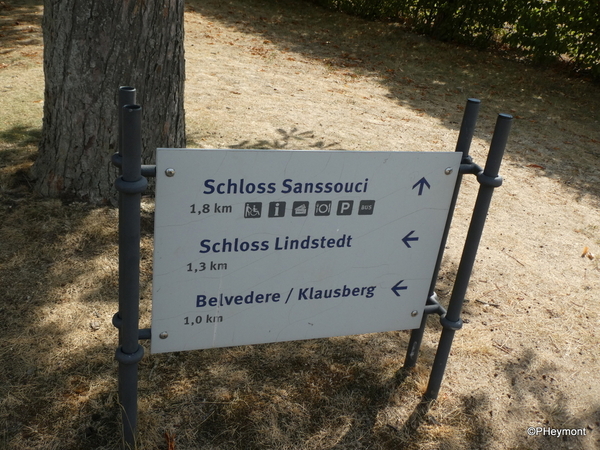
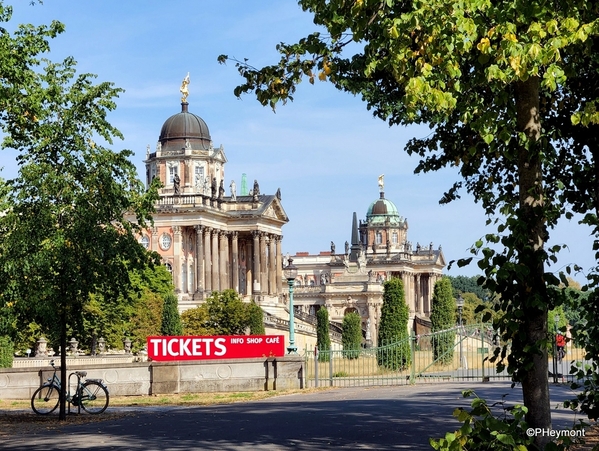
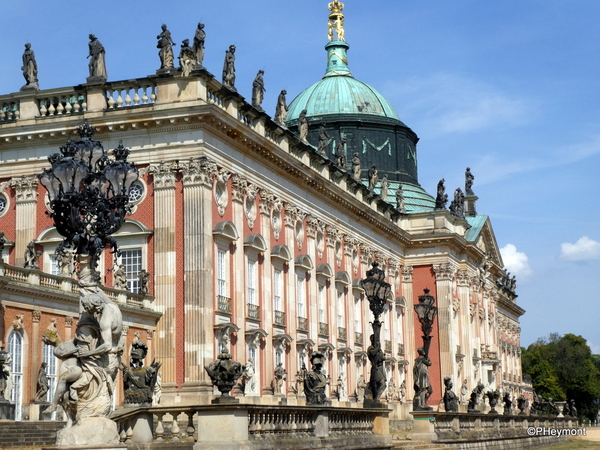
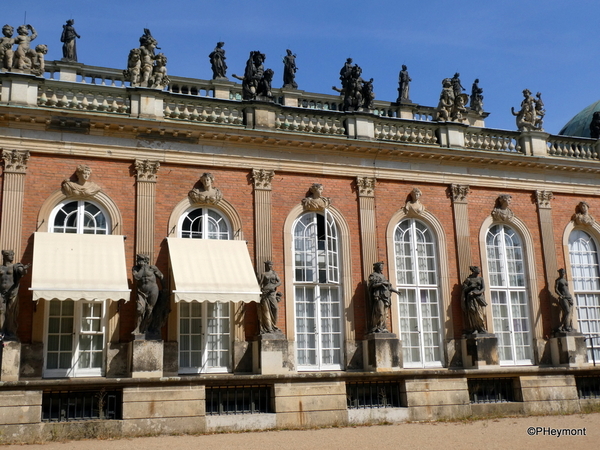
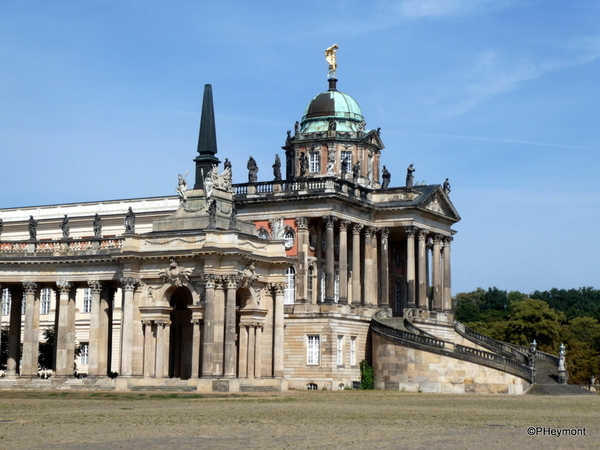
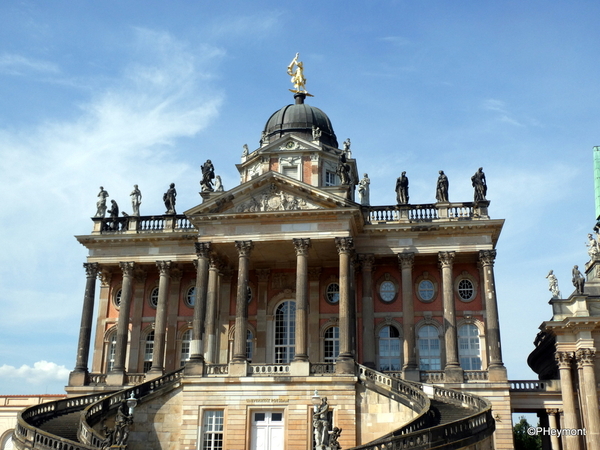
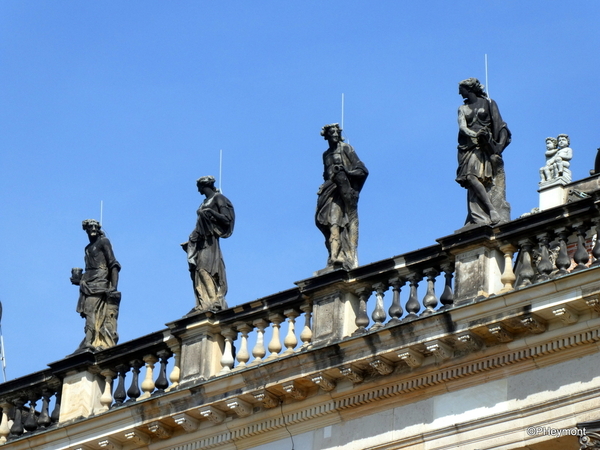
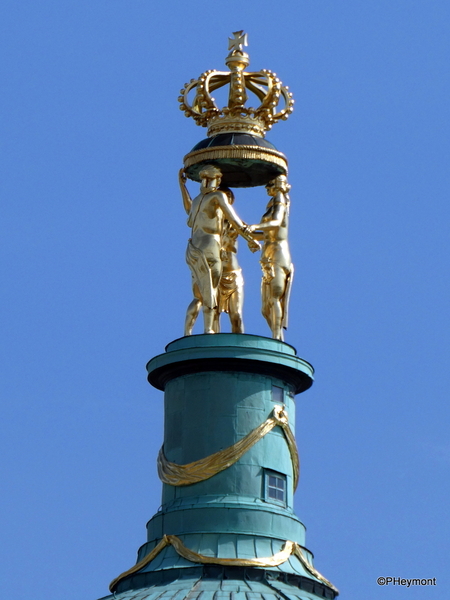
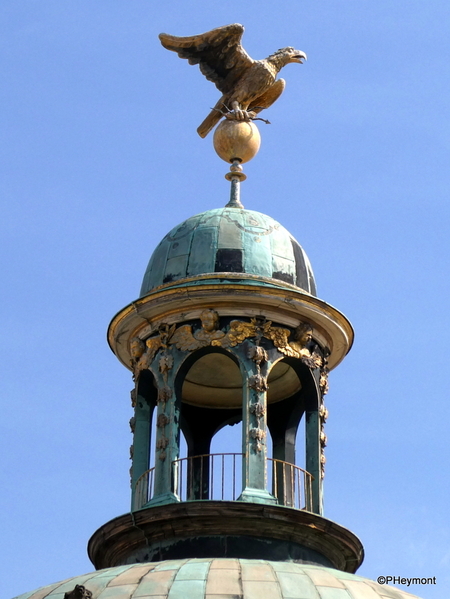
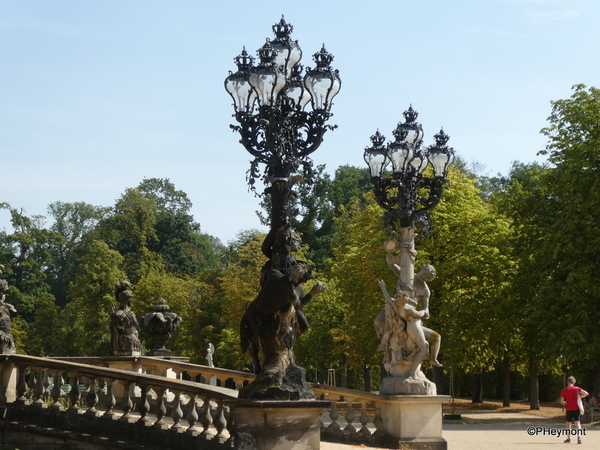
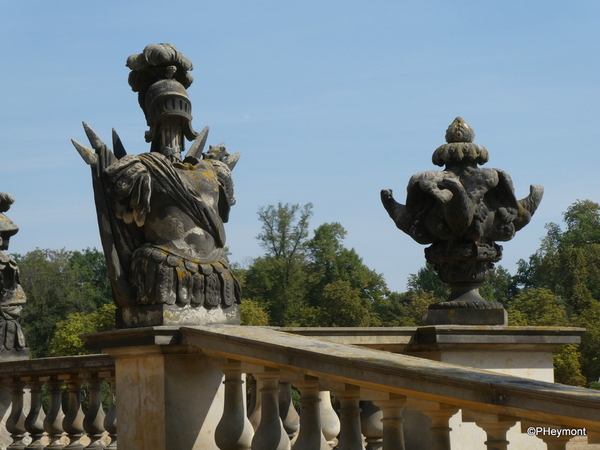
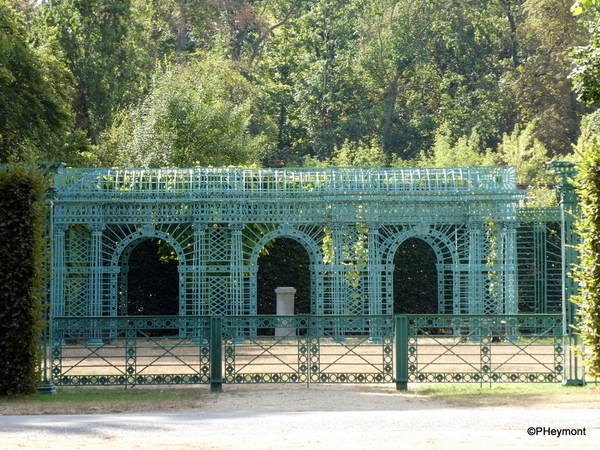
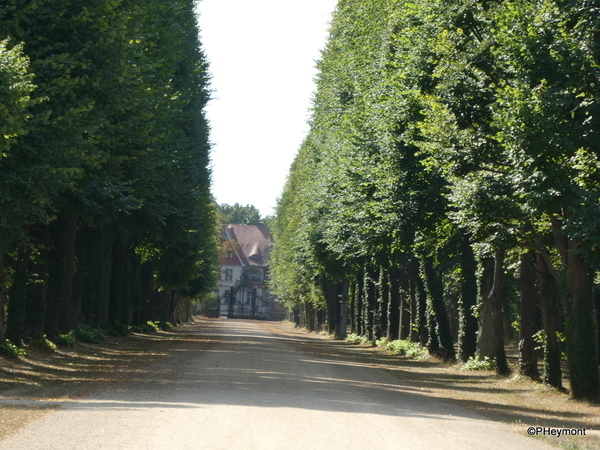
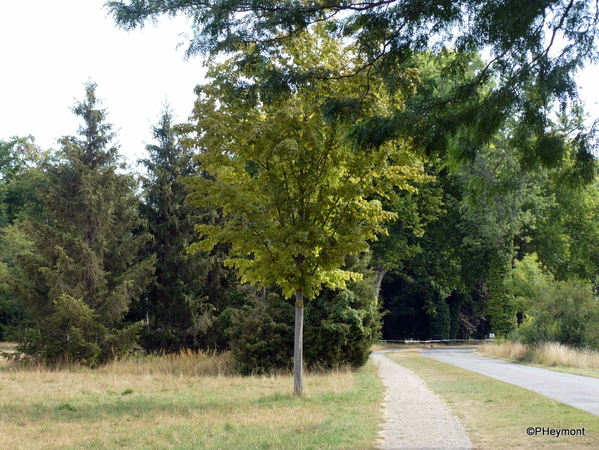
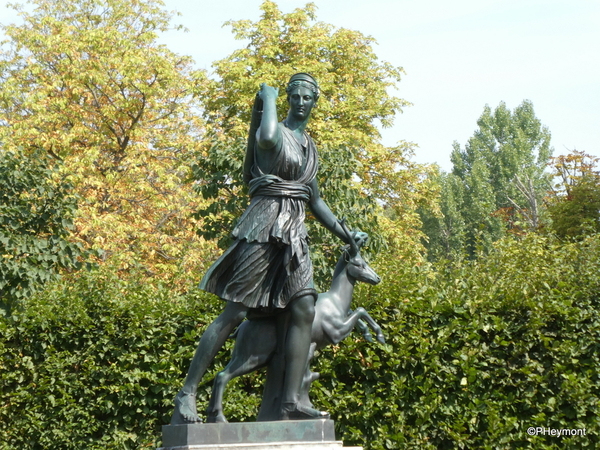
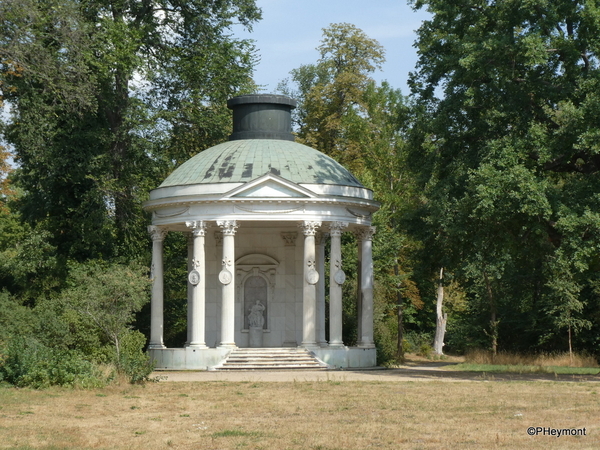
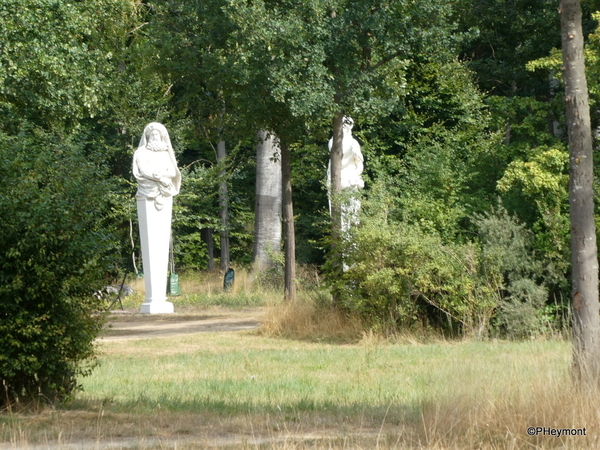
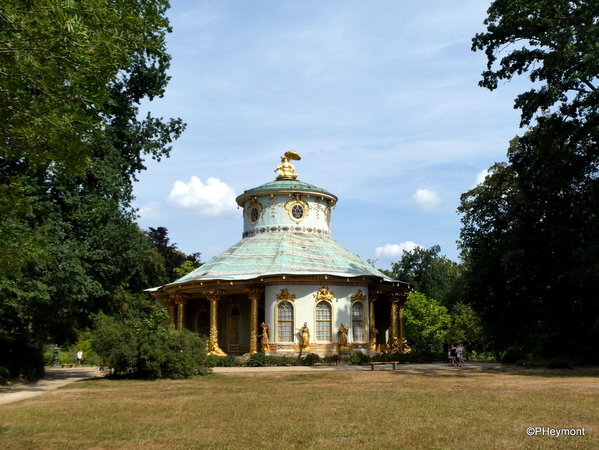
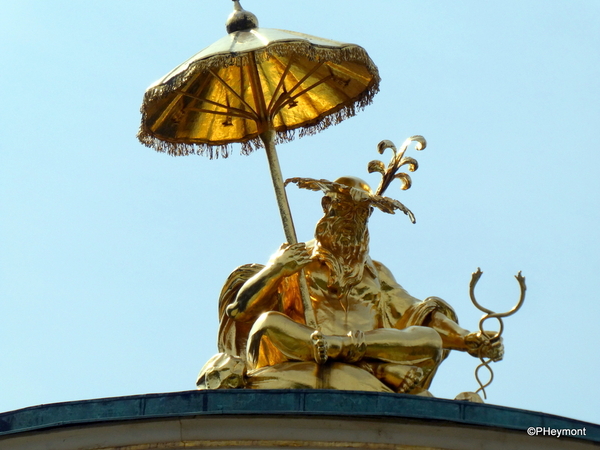
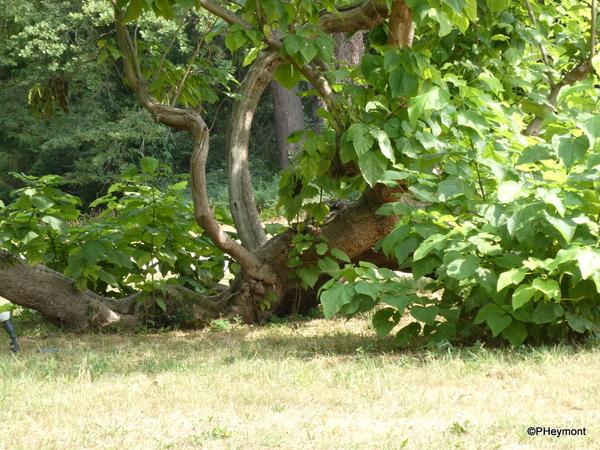
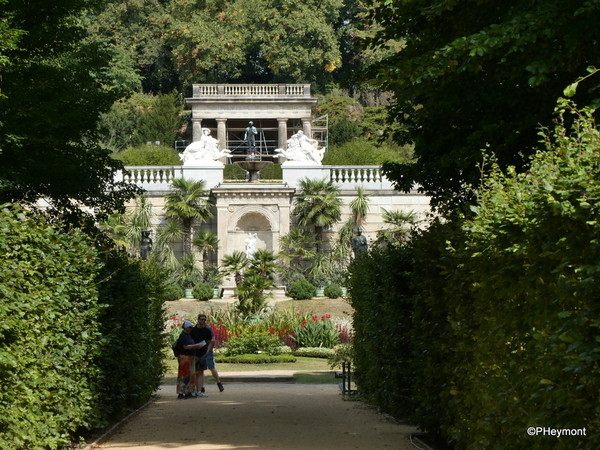
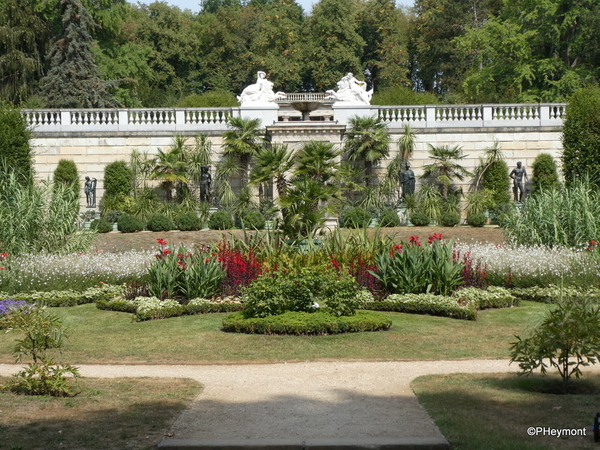
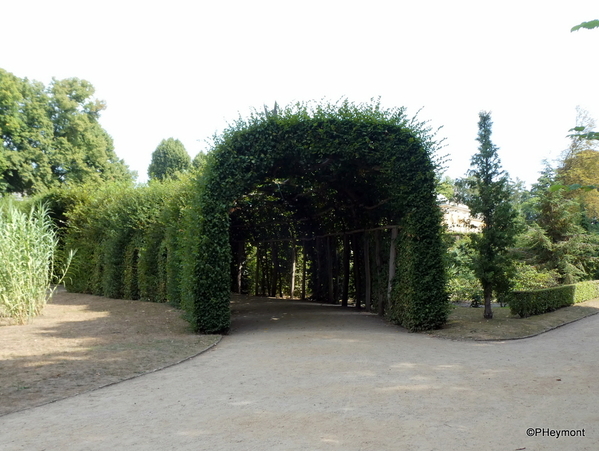
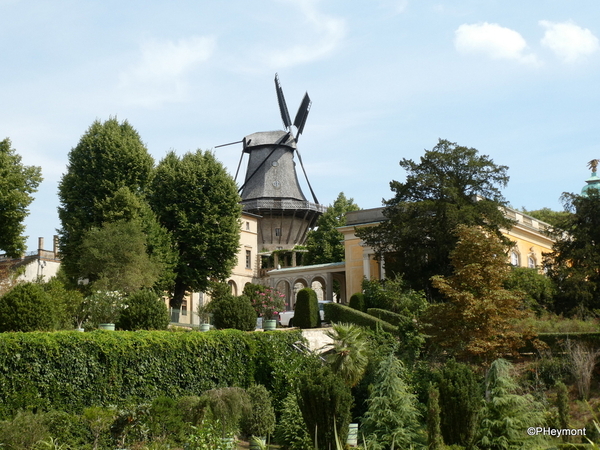
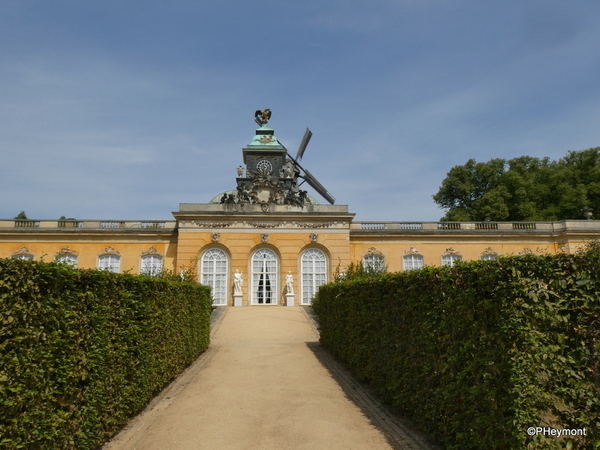
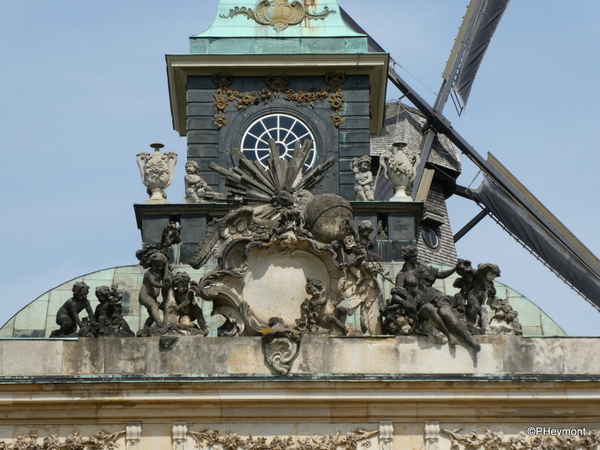
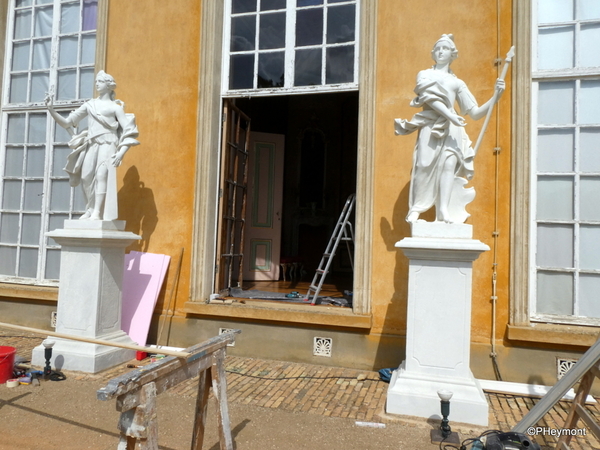
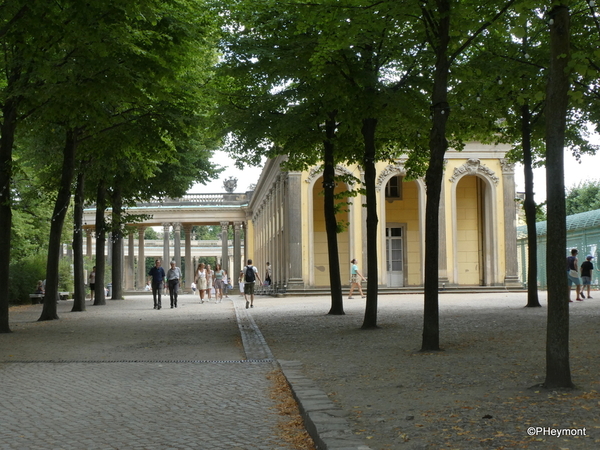
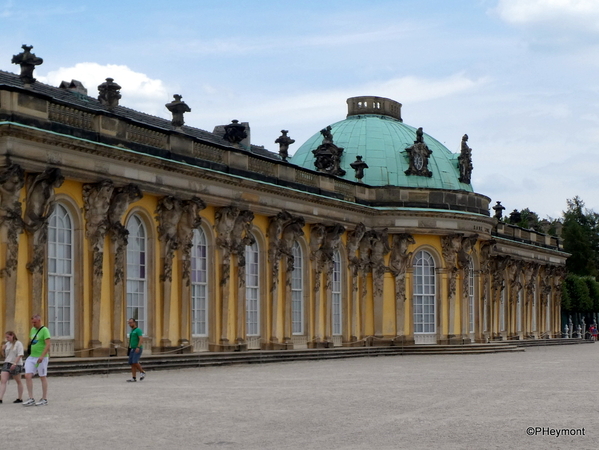
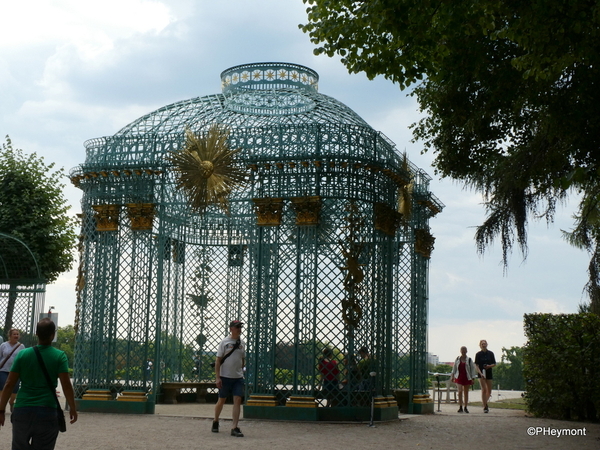
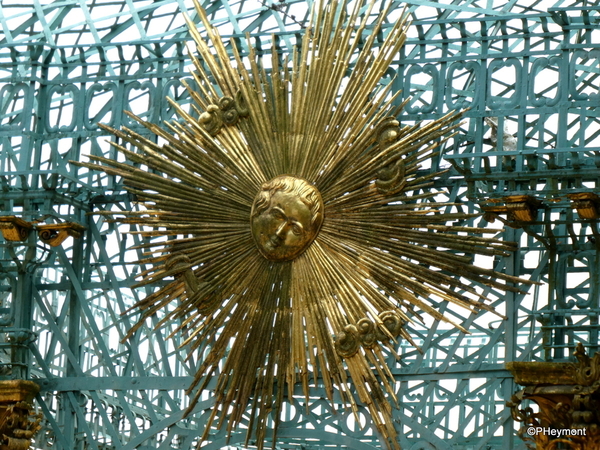
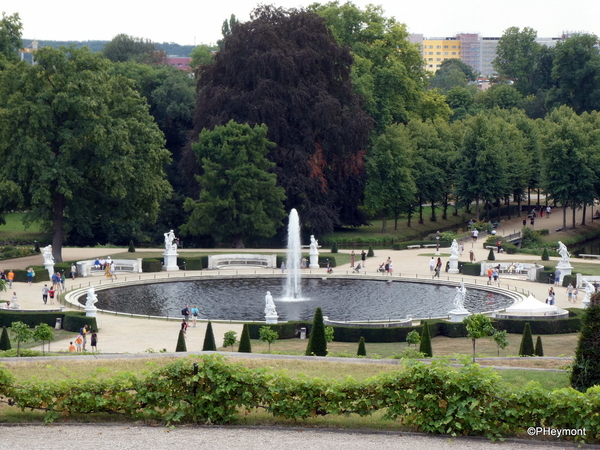
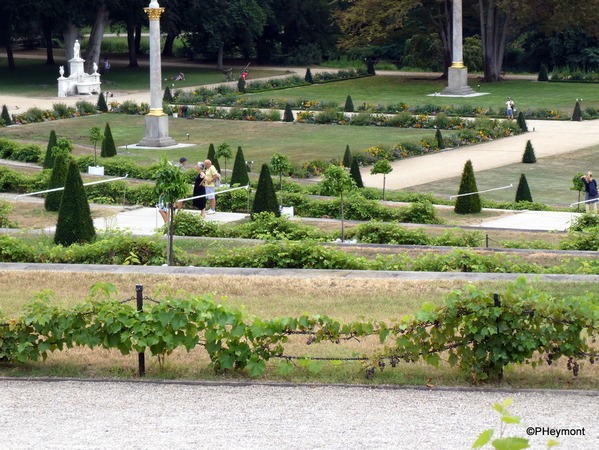




















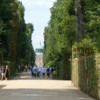









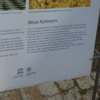



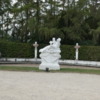




Comments (0)